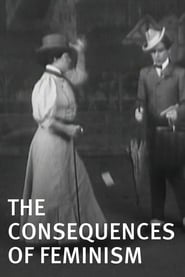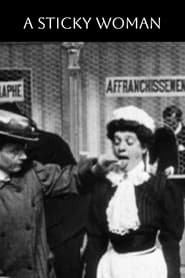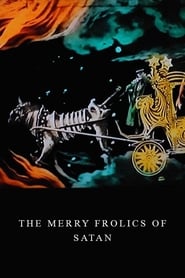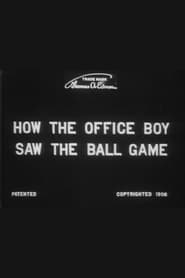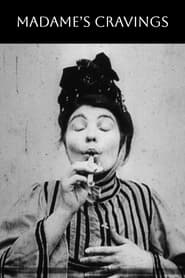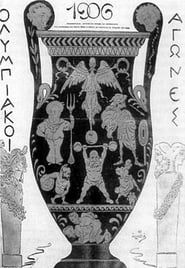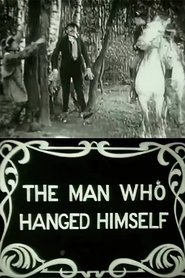kategori film tahun 1906
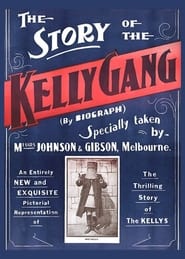
The Story of the Kelly Gang 1906
Just as Galeen and Wegener's Der Golem (1915) can be seen as a testament to early German film artistry, The Story of the Kelly Gang (1906) symbolizes both the birth of the Australian film industry and the emergence of an Australian cinema identity. Even more significantly, it heralds the emergence of the feature film format. However, only fragments of the original production of more than one hour are known to exist, preserved at the National Film and Sound Archive, Canberra; Efforts at reconstruction have made the film available to modern audiences.
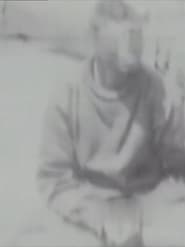
Human Apes from the Orient 1906
The subject is two grotesque-looking human beings who are sitting on the deck of a ship. The two weird individuals sit cross-legged and do the bidding of a man in oriental costume. The point of the film seems to be directed at the fact that the bone structure of the two subjects makes them look like monkeys or apes, and the spectators seem to be trying to get them to behave like monkeys, that is, scratch themselves, etc.
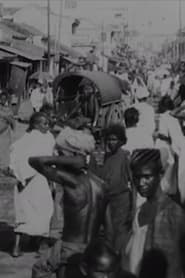
A Native Street in India 1906
Early film of a crowded street scene in an unidentified Indian city.

A Winter Straw Ride 1906
Two groups of young women get into a pair of horse-drawn carts, and go off for a straw ride through the snowy streets. As they pass by a group of children, the children throw snowballs at the riders, and they and other persons begin to join in the fun. Then one of the carts tips on its side, spilling some of its occupants into the snow. Everyone soon decides that they enjoy playing in the snow even more than riding.
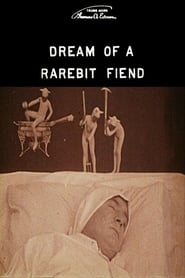
Dream of a Rarebit Fiend 1906
A live-action film adaptation of the comic strip Dream of the Rarebit Fiend by American cartoonist Winsor McCay. This silent short film follows the established theme: the “Rarebit Fiend” gorges himself on rarebit and thus suffers spectacular hallucinatory dreams.

